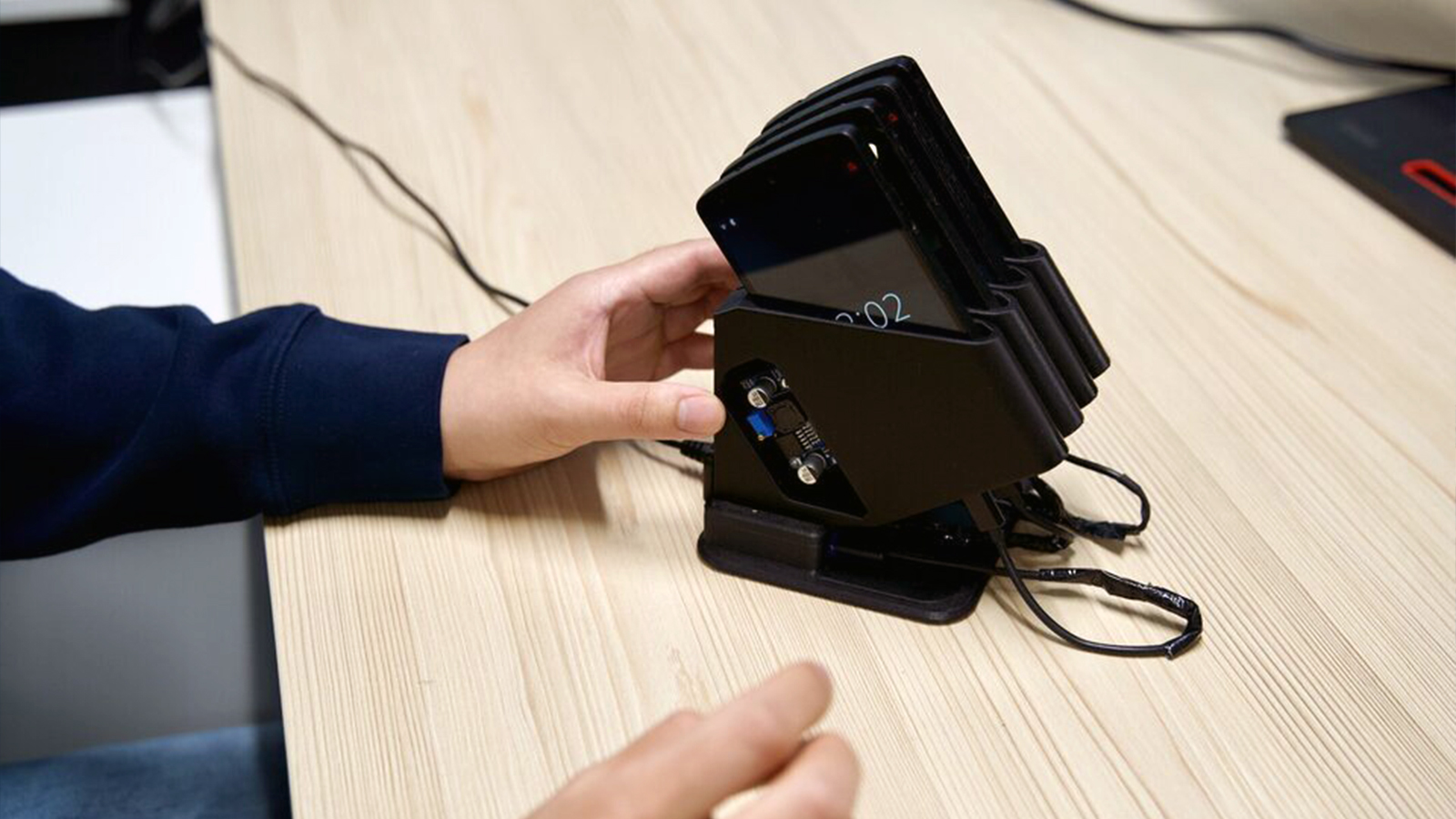Researchers convert old phones into 'tiny data centers' — deploy one underwater for marine monitoring
This will reduce e-waste while making edge devices more accessible and affordable.

Researchers from the University of Tartu in Estonia have developed a way to repurpose old smartphones, chaining them together to build "tiny data centers" used for processing data on location and in real-time. According to the University, the team said that the most sustainable environmental solution is for users to hold on to their phones for as long as possible, but the fast pace of technological change and the fickleness of fashion means that this is easier said than done. So, they decided to think outside the box and decided to find a different sustainable solution instead.
“Innovation often begins not with something new, but with a new way of thinking about the old, re-imagining its role in shaping the future,” said Pervasive Computing Associate Professor Huber Flores. What the researchers did was get four old smartphones and remove their batteries to reduce the risk of leaks and contamination. They then 3D-printed some casings and holders that will host the devices and custom circuitry to regulate the power. This setup will make it easier to reuse the base and replace the phones if and when they break.
We’re unsure what other changes the team made to the phones, but it seems that they also created custom software for them. They also likely attached external sensors to gather data, especially as the first test was done underwater. The University said that the first trial was a success, with the setup able to monitor marine life without needing human intervention. Previously, this was only possible with a scuba diver recording video and then bringing the footage to the surface for study.
Diverse edge processing possibilities
Aside from the above use case, the team said that this compact 'data center' can be deployed in other environments. One example they gave is installing it in a bus stop, where the phones could get the passenger count in real-time and help optimize the entire public transit system. This isn’t a far-fetched idea, too, especially as there are many guides online that teach you how to reuse your old phones and tablets for other tasks. For example, there are tutorials on how you can turn an old phone into a webcam that’s way better than most cheap cameras on the market.
There’s likely going to be a market for this if the team can turn this initial prototype into a cheap, reliable, and easy-to-use and customize edge node. If this catches on, this will potentially give a second life to the millions, if not billions, of old smartphones out there that are heading into the recycler or even straight to the dump.
Follow Tom's Hardware on Google News to get our up-to-date news, analysis, and reviews in your feeds. Make sure to click the Follow button.
Stay On the Cutting Edge: Get the Tom's Hardware Newsletter
Get Tom's Hardware's best news and in-depth reviews, straight to your inbox.

Jowi Morales is a tech enthusiast with years of experience working in the industry. He’s been writing with several tech publications since 2021, where he’s been interested in tech hardware and consumer electronics.
-
COLGeek Considering that today's smartphones are (physically) robust and fairly capable devices, that the average user doesn't fully take advantage of, this makes perfect sense. Well Done! Bravo!!Reply -
kanewolf You really should update the headline. "Old phones" in the headline is rotary landline phones to me. I couldn't figure out how rotary phones could be waterproof for underwater !!!Reply